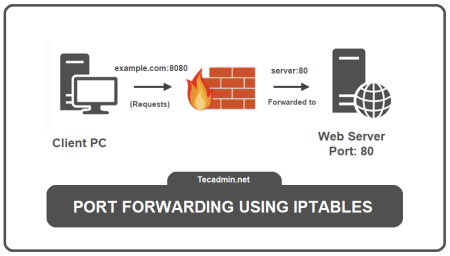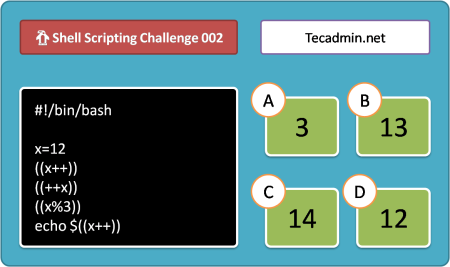Though Windows is the well-known operating system among the common masses, the majority of developers and tech specialists prefer Linux…
Now that we’re halfway through the year, it’s the perfect moment to explore the standout Linux distributions of 2024. Linux,…
In real-life terms, Port forwarding is like telling the delivery driver where to go in a large apartment complex. Normally,…
Welcome to Shell Scripting Challenge 002! In this challenge, we have created a simple Bash script with pre-increment, post-increment and…
Hey, Linux fans! Guess what? The team working on Ubuntu 24.10 have given it a special name: “Oracular Oriole”. Sounds…
Are you dealing with low RAM on your Ubuntu system? This is a common issue on systems required more memory…
As of writing this article, Node.js 20 is the latest LTS release, which is best suited for production servers. Alternatively,…
Welcome to our guide on installing Google Chrome, one of the most popular web browsers available today. This article will…
While setting up an existing node application on a new Linux system, I faced the error “node-sass: Linux 64-bit with…
PHP stands for Hypertext Preprocessor, which is remains a cornerstone of the web, powering a significant portion of websites and…
🚀 Ubuntu 24.04 LTS is here! 🎉 Upgrading to Ubuntu 24.04 LTS (Long Term Support) is a straightforward process that…
Have you ever encountered the cryptic “Too many open files” error message on your Linux system? It can be frustrating…





